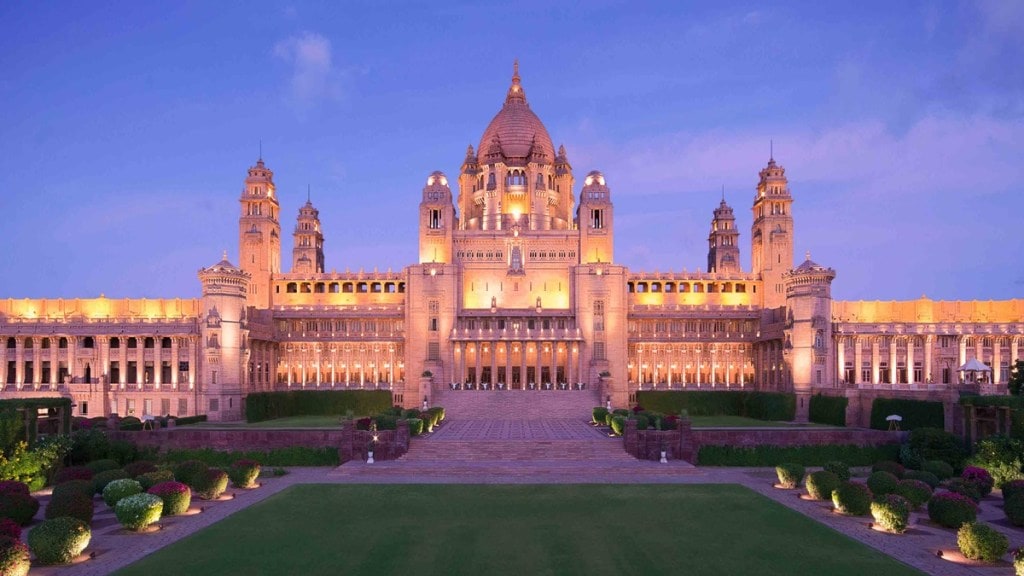Leveraging the growing tourism boom, the Tata Group-controlled Indian Hotels Company (IHCL) is set to double its hotel inventory, launch new brands, and invest Rs 5,000 crore over the next five years.
IHCL currently controls 12-13% of the branded hotel room inventory in the country, a figure expected to rise to 23% by 2030. From its current portfolio of 350 hotels, including 232 operational properties across multiple brands, the Mumbai-based company aims to expand to 700 hotels, with 500 operational by the end of FY30.
The number of rooms is projected to increase to 70,000 by FY30, up from 42,500, while consolidated revenue is expected to rise to Rs 15,000 crore from Rs 7,000 crore, a top IHCL official said during the ‘Capital Market Day,’ outlining the company’s five-year plan.
When asked about the details of new brands, Puneet Chhatwal, managing director and CEO of IHCL, said: “Some things will change but exactly which brand will come at what point we can’t say, but at the moment this journey is based on what we have. There is play possible in branded residences, in extended stay, in something that India has not seen like an all-inclusive brand like it is done in the international markets.”
The company is also considering inorganic growth opportunities, as it has committed to opening more than one new property every week until FY30. “If an inorganic, M&A (mergers and acquisition) opportunity comes up we are generating enough cash so as to fuel the growth and the need for capex that we have. Should there be a nice opportunity coming up which fits with the principle of the evolution of our brand scape that is relevant to the Indian subcontinent, we will look at it,” Chhatwal added.
Meanwhile, IHCL’s share price rose 3% immediately after the announcement but settled at a 2% gain by the close of trading. While IHCL’s expansion plans will be spread across Taj, Vivanta, Gateway, Seleqtions and Ginger, the company not ruling out the addition of new brands to its portfolio.
IHCL plans to progressively increase the number of properties under the asset-light model, where the company does not invest in the property, and ownership remains with the development partner. The company aims to nearly double the share of asset-light properties to 70% by 2030, up from 37% in 2018.
Further, a large portion of the proposed inventory expansion will be focused on India and neighbouring markets. Properties are also planned for Dubai, Bahrain, Saudi Arabia, Singapore, Thailand, the UK, and Germany. All the action will be in India and that’s why our openings will be here. In the international space, we will come up with 2-3 hotels per year, not more than that. Our portfolio as it stands today is 87-90% centred around the Indian subcontinent and the rest will be outside, Chhatwal added.
India’s hotel market remains underpenetrated, with just 200,000 branded hotel rooms, accounting for only 4% of the US market. According to Hotelivate, the sector is expected to grow at a compounded annual growth rate of 6-8%, which is lower than the anticipated rise in demand.
Marriott International, the world’s largest hotel company aims to add 100 new properties by 2030 and increase its room count to 50000 from the current tally of 150 properties and 28,000 rooms. Intercontinental Hotels Group has committed to double its hotel portfolio to 100 by 2030.

